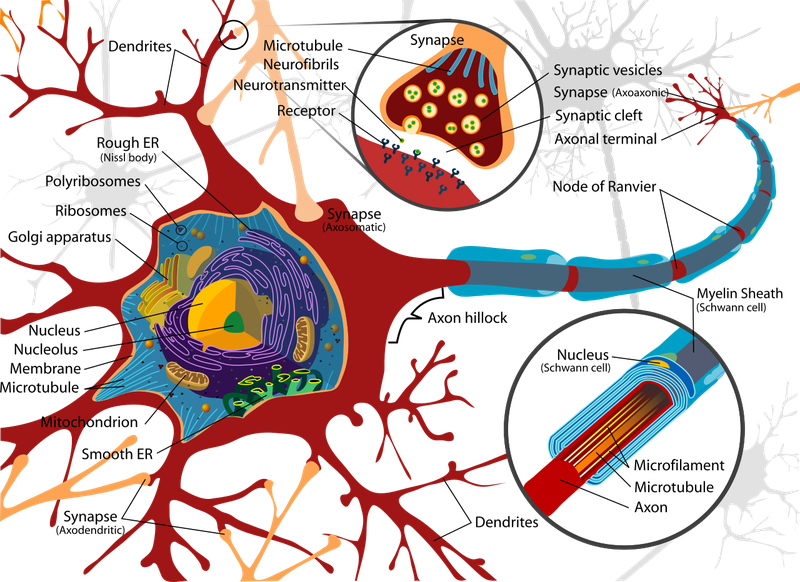When I first encountered Prospero Technology’s stereo correspondence systems, I stood at a professional crossroads. My background in computer vision had prepared me for traditional approaches, but the limitations of conventional depth estimation techniques were becoming increasingly frustrating in real-world applications. Something had to change—not just in the technology, but in my approach to solving these complex problems.
My journey with Prospero began during a particularly challenging autonomous vehicle project where traditional stereo matching algorithms consistently failed in featureless urban environments. Streets with smooth surfaces, buildings with uniform facades, and changing lighting conditions created a perfect storm of depth estimation failures.
“The technology wasn’t the only thing that needed an upgrade,” I remember telling my team. “Our fundamental approach to the problem required transformation.”
The Depth Perception Challenge
The core issue with existing depth estimation methods centered around their inability to accurately process scenes with minimal texture information. Traditional algorithms searched for corresponding points between stereo images, but when confronted with featureless regions like empty roads or blank walls, they essentially became lost.
This limitation wasn’t merely academic—it had profound implications for autonomous vehicles, augmented reality applications, and robotic navigation systems. A failure to accurately perceive depth could mean the difference between safe operation and potential disaster.
What struck me about Prospero’s approach was their recognition that this challenge couldn’t be solved through incremental improvements to existing systems. We needed a paradigm shift in how machines perceived and processed depth information.

Integrating Semantic Understanding with Depth Perception
The breakthrough came when I realized we could enhance depth estimation by incorporating semantic understanding. By implementing what would later evolve into USAM-Net (Unified Segmentation Attention Mechanism Network), we began approaching depth estimation as a multi-modal problem rather than a purely geometric one.
“Think about how humans perceive depth,” I explained to skeptical stakeholders. “We don’t just rely on stereo vision—we incorporate our understanding of what objects are and how they typically exist in space. A car has a particular shape and size; a road has certain characteristics. This semantic understanding enhances our depth perception.”
The technical implementation involved a dual-pathway architecture:
- Semantic Pathway: Using the Segment Anything Model (SAM) to generate detailed semantic masks from stereo images
- Depth Estimation Pathway: Processing both the original images and semantic information to produce more accurate depth maps
This integration created a system that could effectively “understand” what it was looking at while calculating disparities. When confronted with featureless regions, the system could now leverage semantic context to make informed estimations rather than guessing blindly.
Depth – Overcoming Technical Hurdles
The implementation wasn’t without challenges. The computational overhead of running a pre-trained segmentation model alongside depth estimation processes initially threatened the system’s practical usability. For applications like autonomous driving, real-time performance was non-negotiable.
“We don’t need to compromise depth accuracy for speed,” I insisted when some suggested abandoning the dual-pathway approach. “We need to optimize both aspects simultaneously.”
Our solution came through architectural refinements:
- Replacing heavier backbones like ResNet-50 with the more efficient ResNet-18
- Implementing attention mechanisms to focus computational resources on the most relevant features
- Optimizing data flow between the segmentation and depth estimation pathways
These optimizations brought processing times within acceptable parameters while maintaining the enhanced accuracy that made the approach valuable in the first place.
Depth – Practical Results in Challenging Environments
The true test came during field trials in complex urban environments. We deployed prototype systems equipped with Prospero’s technology in scenarios that had consistently troubled conventional approaches:
- Low-texture highway surfaces at varying times of day
- Urban canyons with repetitive architectural features
- Weather conditions that reduced visual contrast
The results were remarkable. Our enhanced system achieved a Global Difference (GD) of 3.61 and an End Point Error (EPE) of 0.88—representing significant improvements over traditional models like CFNet, SegStereo, and iResNet that we had previously deployed.
“These aren’t just incremental improvements,” I noted during the evaluation presentation. “They represent a fundamental enhancement in how machines perceive depth in challenging environments.”
Broader Applications Beyond Autonomous Vehicles
While autonomous driving provided the initial testing ground for our implementation of Prospero Technology, the applications quickly expanded into other domains:
Augmented Reality: Enhanced depth perception enabled AR applications to place virtual objects with greater precision in real-world environments, particularly in challenging indoor spaces with minimal texture.
Medical Imaging: The principles we developed found unexpected utility in medical imaging, where understanding the semantic context of anatomical structures helped improve the accuracy of 3D reconstructions from 2D scan sequences.
Construction and Architecture: Site surveys and building monitoring systems benefited from more accurate depth measurements, especially when dealing with large uniform surfaces common in modern construction.

The Personal Transformation
This technical journey triggered a profound personal transformation in my approach to problem-solving. I had entered the project with a purely technical mindset, focused on algorithms and efficiency metrics. I emerged with a more holistic perspective that recognized the importance of interdisciplinary approaches.
“The most valuable lessons weren’t about convolutional neural networks or segmentation algorithms,” I shared with a group of engineering students during a guest lecture. “They were about recognizing when traditional approaches have reached their limits and having the courage to explore fundamentally different solutions.”
This shift in thinking has influenced every project I’ve approached since. Rather than viewing problems through the narrow lens of a specific technical domain, I now actively seek connections between different fields and methodologies.
Key Insights for Technical Innovators
For others working at the intersection of emerging technologies and practical applications, my experience with Prospero Technology suggests several important principles:
-
Recognize domain blindness: Expertise in a specific field can sometimes limit your ability to see alternative approaches. Deliberately seek outside perspectives.
-
Embrace multi-modal solutions: Many of the most challenging technical problems benefit from combining different types of information and processing approaches.
-
Balance theoretical elegance with practical constraints: The most mathematically sophisticated solution isn’t always the most valuable one in real-world applications.
-
Consider the human analog: Understanding how humans solve perceptual problems often provides valuable insights for machine perception systems.
-
Test in the most challenging conditions: Systems that perform adequately in controlled environments often fail in complex real-world scenarios.
Moving Forward
The work with Prospero Technology continues to evolve. We’re currently exploring how the principles of semantic-enhanced depth perception can be extended to even more challenging environments, including underwater applications and extreme weather conditions.
What excites me most isn’t just the technical possibilities, but the broader philosophical implications. By developing machines that perceive the world more like humans do—integrating multiple types of understanding rather than relying on single-modality approaches—we’re moving toward truly intelligent systems rather than merely sophisticated algorithms.
The journey from traditional stereo correspondence to semantically-enhanced depth perception represents more than a technical evolution; it embodies a fundamental shift in how we approach machine perception. By recognizing the limitations of conventional approaches and having the courage to explore radically different paradigms, we open doors to solutions that weren’t previously visible.
As I look back on this transformative experience with Prospero Technology, I’m reminded that our greatest technical breakthroughs often come not from incremental improvements to existing methods, but from fundamentally reconceptualizing the problems we’re trying to solve. Sometimes, seeing depth requires looking beyond the surface.



